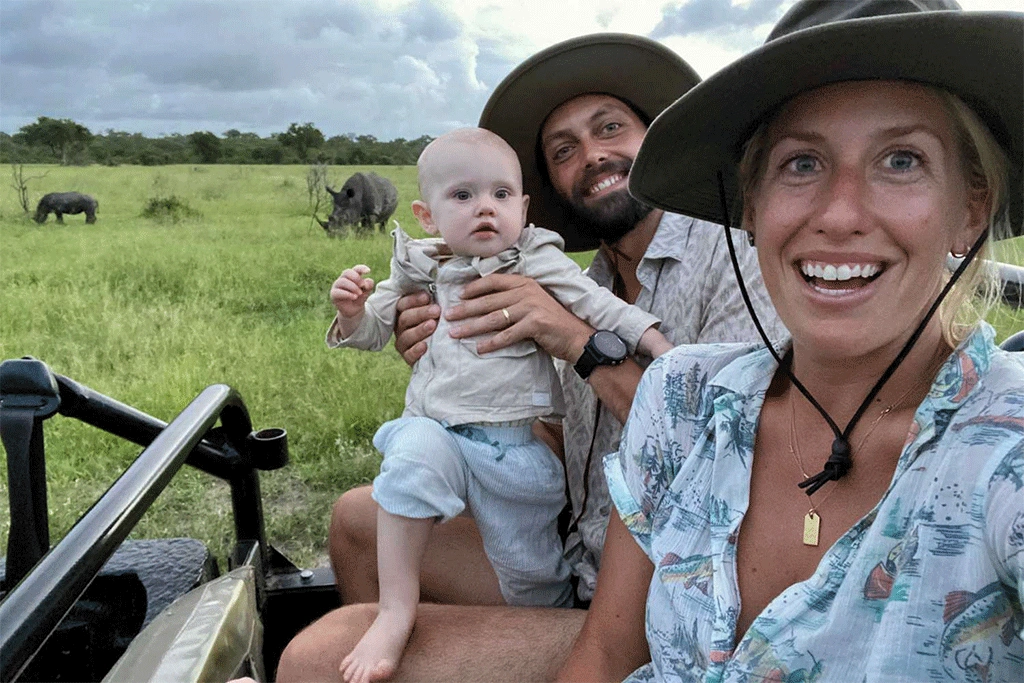Kenya vs Tanzania Safari: The Better African Safari Experience
When it comes to African safari destinations, both Kenya and Tanzania offer exceptional wildlife encounters, breathtaking landscapes, and unforgettable experiences. However, each country has unique features that make it stand out. Deciding between a safari in Kenya or Tanzania depends on your personal interests, travel goals, and budget. Let’s dive into a comparison of Kenya and Tanzania safaris, examining the highlights, wildlife experiences, landscapes, accommodations, and best travel times for each, so you can choose the African adventure that best suits you.
Wildlife Experiences
Kenya: The Home of Diverse Game Reserves
Kenya is renowned for its rich and diverse wildlife. It is home to the iconic Maasai Mara National Reserve, where you can witness the annual Great Migration, one of the world’s most spectacular wildlife events. The migration, typically taking place between July and October, sees over a million wildebeest, zebras, and gazelles crossing the Mara River, with predatory lions, cheetahs, and crocodiles waiting at every turn.
Beyond the Maasai Mara, Kenya offers a variety of national parks and game reserves, including Amboseli National Park, famous for its large elephant herds against the backdrop of Mount Kilimanjaro, and Samburu National Reserve, where unique species such as the Grevy’s zebra, reticulated giraffe, and gerenuk can be found.
Tanzania: A Vast Wilderness
In Tanzania, the sheer size of its protected areas allows for a greater feeling of wilderness. Serengeti National Park, the other half of the Great Migration spectacle, offers vast savannahs and unparalleled opportunities for spotting big cats, elephants, and hippos. The Serengeti’s ecosystem is even larger than the Maasai Mara, allowing visitors to experience the migration in a more expansive, less crowded environment.
One of Tanzania’s crown jewels is Ngorongoro Crater, a UNESCO World Heritage Site and one of the best places in Africa to view wildlife year-round. The crater acts as a natural enclosure, home to high densities of species, including the endangered black rhino. Tarangire National Park, with its ancient baobab trees and large elephant herds, and Lake Manyara National Park, famous for its tree-climbing lions and birdlife, are also top wildlife destinations.
Verdict: If you want a diverse range of game reserves and accessible wildlife experiences, Kenya might be your best choice. For vast, untouched landscapes and an intimate connection with nature, Tanzania offers an exceptional experience.
Landscapes and Scenery
Kenya: Iconic Landscapes and Contrasts
Kenya’s landscapes are as diverse as its wildlife, ranging from rolling savannahs to arid deserts, lush highlands, and white sandy beaches along the Indian Ocean coast. The Great Rift Valley cuts through Kenya, creating a stunning landscape of escarpments, lakes, and volcanoes. Lake Nakuru, with its shimmering pink flamingo flocks, and Lake Naivasha, known for boat safaris, are highlights within the Rift Valley. The contrast between these diverse ecosystems makes Kenya an excellent destination for varied scenery.
Tanzania: Expansive and Untamed Wilderness
Tanzania’s landscape is characterized by vast, open plains, with the Serengeti alone covering 30,000 square kilometers (11,583 square miles). The Ngorongoro Conservation Area, with its lush crater floor, offers a unique and picturesque ecosystem that feels like a lost world. Mount Kilimanjaro, Africa’s highest peak, and the dense forests of Gombe Stream National Park, home to chimpanzees, showcase Tanzania’s natural diversity. Tanzania’s beaches along Zanzibar’s coastline are idyllic, with turquoise waters and white sands that make for a perfect post-safari retreat.
Verdict: Tanzania has the edge if you prefer wide-open spaces and more rugged, untouched wilderness. Kenya, on the other hand, offers a mix of landscapes within shorter distances.
Safari Experience and Accessibility
Kenya: Easier Access and Shorter Travel Distances
Kenya has a well-developed tourism infrastructure, making it easier to access various parks and reserves. Nairobi, the capital city, is a major hub with international flights and an efficient network of domestic flights. The Maasai Mara is accessible by road or a short flight from Nairobi, and many of Kenya’s other popular parks are within a reasonable distance. This makes Kenya a convenient option if you’re looking for a shorter or more varied safari.
Tanzania: Immersive Safari Adventures
In Tanzania, many of the iconic parks, including the Serengeti, Ngorongoro, and Tarangire, form the Northern Circuit. While the distances are greater than in Kenya, this route allows for an immersive, sequential safari experience. The Southern Circuit, including Selous Game Reserve and Ruaha National Park, provides a more remote and secluded safari experience for seasoned travelers looking to explore off-the-beaten-path destinations.
Verdict: For convenience and ease of travel, Kenya is the better choice. Tanzania’s safari experience is more immersive but may require longer travel distances and time.
Accommodations and Safari Styles
Kenya: Wide Range of Options
Kenya has a variety of accommodations, ranging from luxury lodges and tented camps in the Maasai Mara to budget-friendly campsites and eco-lodges. Kenya is well-suited for various safari styles, including traditional vehicle safaris, walking safaris, and community-based cultural experiences with the Maasai people.
Tanzania: Luxury in Remote Settings
In Tanzania, accommodations are often set within expansive private reserves or remote areas, offering a more exclusive experience. While there are budget options, Tanzania tends to lean towards mid-range to luxury accommodations, especially within the Northern Circuit. Tanzania also offers mobile camps in the Serengeti, allowing guests to follow the Great Migration’s movement throughout the year.
Verdict: Kenya offers more budget-friendly options, while Tanzania’s accommodations cater to travelers seeking a remote, luxurious safari experience.
Best Time to Visit
Kenya
Kenya’s peak safari season is from July to October, during the dry season and the Great Migration in the Maasai Mara. The months of January and February also offer favorable conditions, with fewer tourists and pleasant weather.
Tanzania
Tanzania’s safari season peaks during the dry season from June to October. The Great Migration is best viewed in the Serengeti from June to July and then from January to February in the southern plains, where calving season attracts predators.
Verdict: Both Kenya and Tanzania have peak safari seasons from June to October, though Tanzania offers a unique opportunity to witness the migration calving season from January to February.
Conclusion: Which Safari Destination is Better?
Choosing between Kenya and Tanzania for a safari ultimately depends on the kind of experience you’re looking for.
- If you prioritize diversity in landscapes, accessibility, and a wide range of accommodation options, Kenya may be your ideal choice. The Maasai Mara offers thrilling Great Migration scenes, and the variety of reserves gives you flexibility in planning a diverse safari.
- Tanzania, with its expansive and immersive safari circuits, is perfect for those looking for a more secluded wilderness experience. The Serengeti and Ngorongoro provide unparalleled wildlife encounters, and the country’s remote accommodations deliver a feeling of true escape into nature.






